A tale of survival and solidarity: inside Morocco’s deadliest earthquake in a century
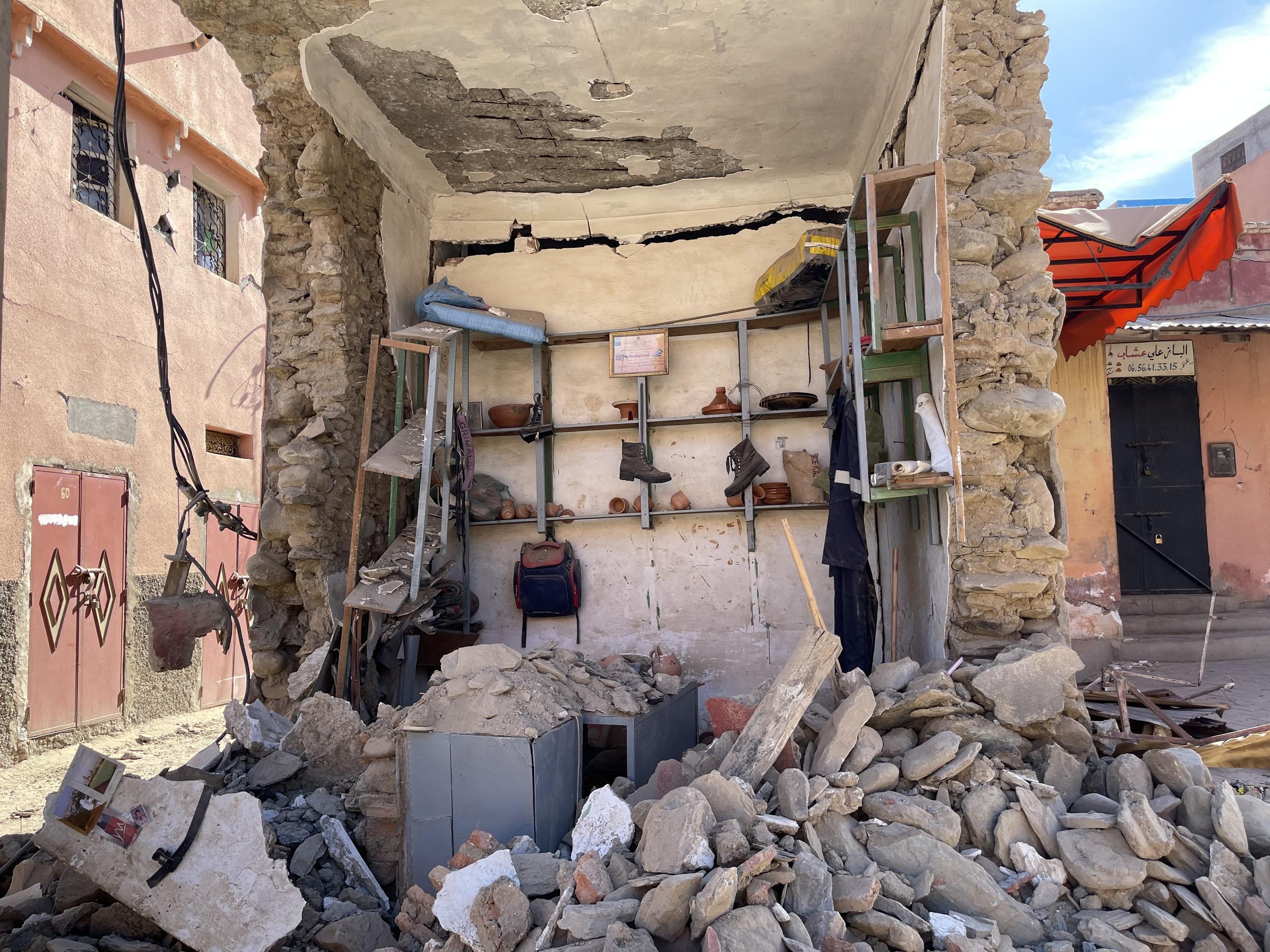
On September 8, Morocco was hit by one of its worst earthquakes on record destroying entire villages and killing over 3,000 people. SWI swissinfo.ch spoke to four people who lived through the earthquake, helped on the ground and raised funds for the victims from Switzerland.
Thérèse Sara Delannay’s house in Marrakesh initially appeared unscathed after the September 8 earthquake which rocked the city and the southwest of the country. Still, the Swiss national living in Morocco soon began to notice cracks forming in the walls. Her Moroccan-style guest house, or Riad as it’s locally known, is situated in the heart of the city, just minutes from the “Old Medina” or old town.
On her narrow street, the vibrations from passing cars often cause house windows and hanging lanterns to shake. With every aftershock following the devastating earthquake, Delannay was constantly worried, questioning each vibration: “Is this from a car, or another aftershock?”
The late hours of Friday, September 8, unfolded like any ordinary night, but an extraordinary end to the day awaited the land southwest of Marrakesh. Delannay vividly remembers the onset of what would later be known as Morocco’s largest earthquake in nearly a century: “I was preparing for bed when I felt a tremor and heard a deafening sound, akin to a plane approaching,” she told SWI. “But it came from the ground, not the sky. The house shook violently, as if being uprooted from the earth.”
The earthquake, that was measured at a magnitude of 6.8 on the Richter scale, resulted in over 3,000 deaths and seriously injured around 2,500.
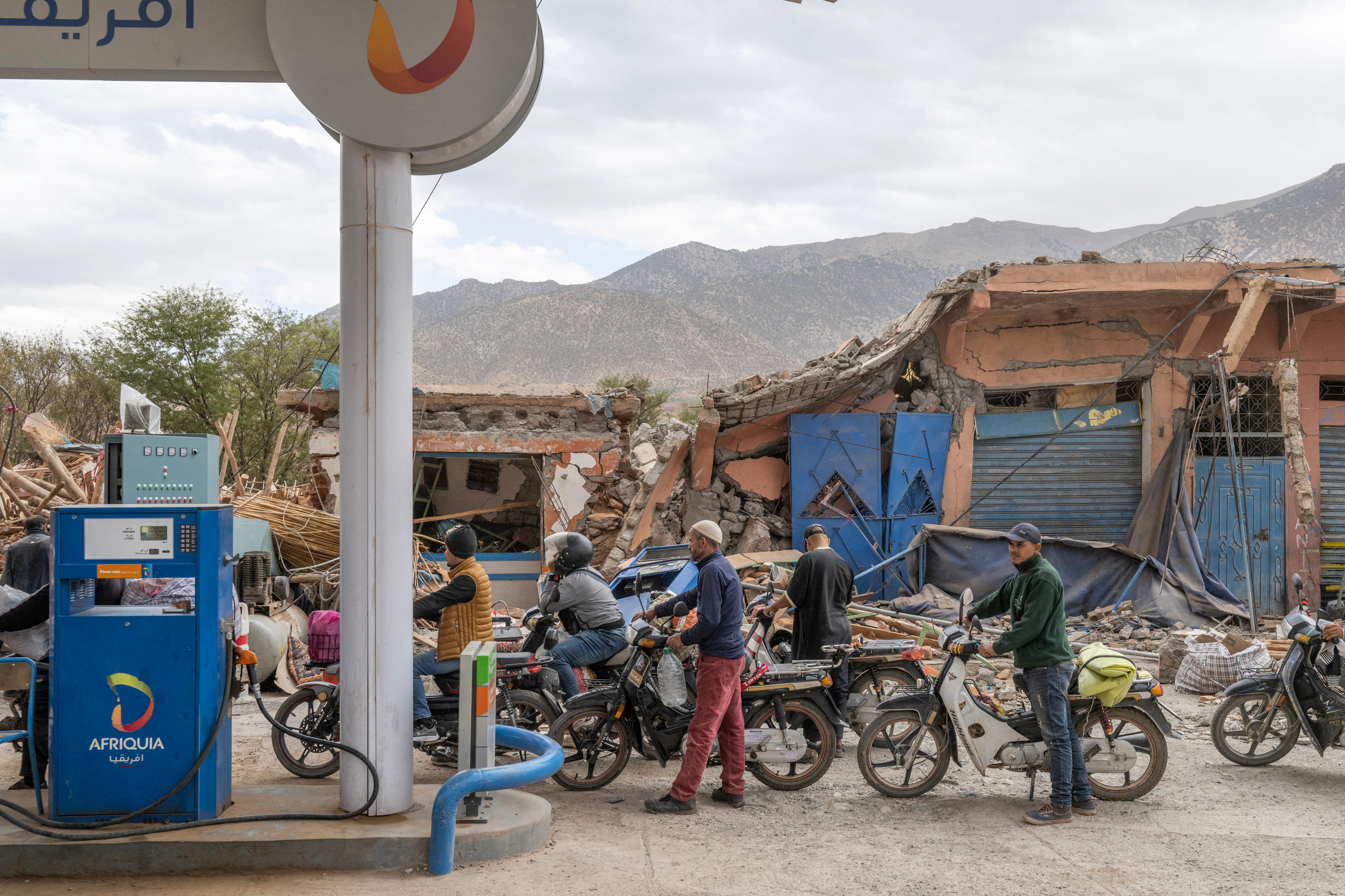
Born in the Antilles with roots in Guadeloupe, Delannay moved to Switzerland with her family at the age of 11. After spending 50 years there, working first as an interior designer and then in education, she retired early in 2018 to move to Morocco, a country she had grown to love since the early 2000s.
As her house trembled that night, she hesitated before checking the stairs to see if she could safely exit. “I found my neighbours doing the same,” she recounted. “We all gathered in an open square near a school.” The Swiss citizen and her neighbours, as well as many other residents in the area, spent the night outside, too fearful of aftershocks to return home, grateful at least for the warm weather.
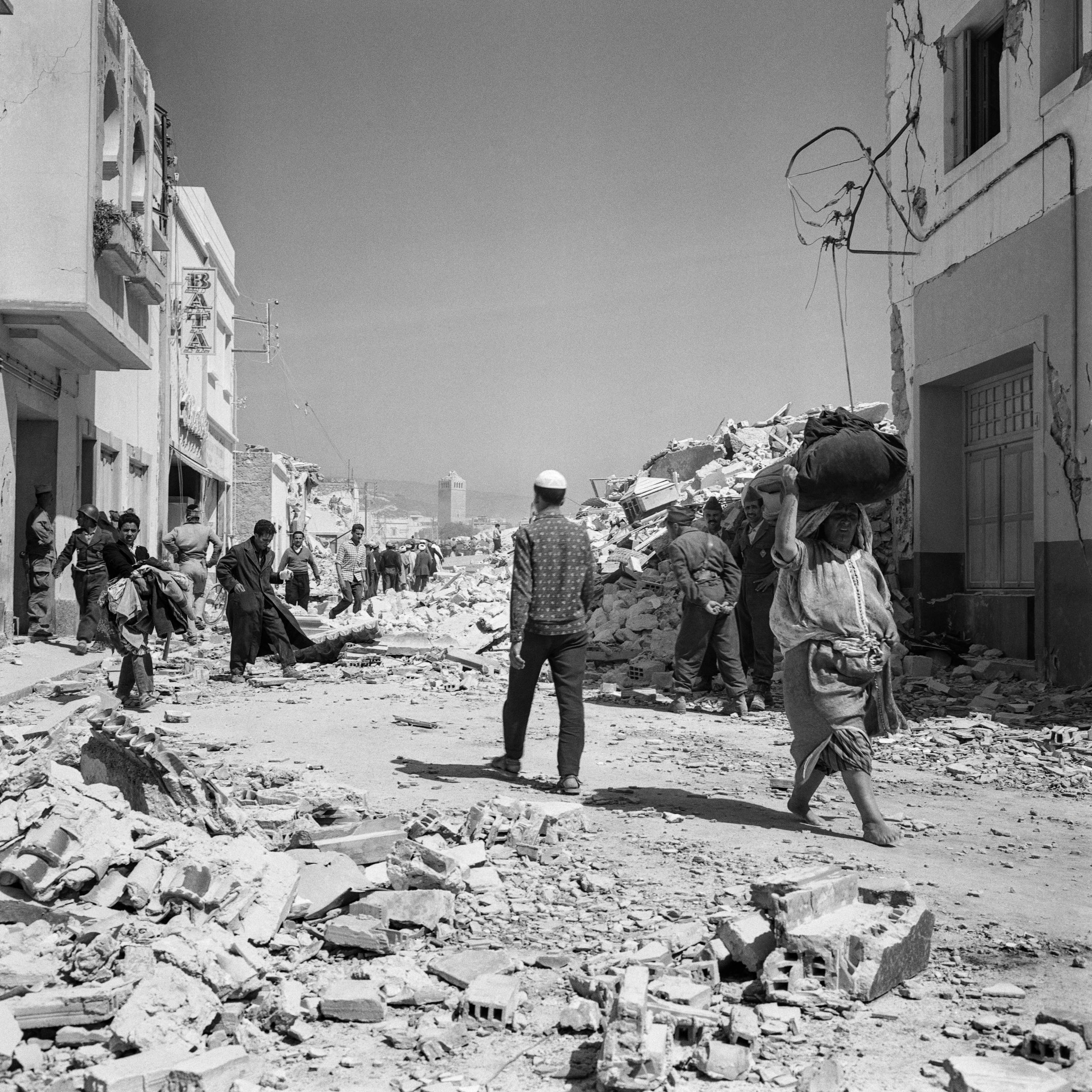
This wasn’t Morocco’s first devastating earthquake. The 1960 Agadir earthquake, with a magnitude of 5.8 on the Richter scale, claimed over 12,000 lives. In the 17th century, the city of Fez suffered a catastrophic quake, one of Morocco’s worst natural disasters. This time the High Atlas Mountains, near the epicenter, though saw the most damage, with villages like Tafeghaghte almost entirely razed to the ground. Marrakesh suffered less with few casualties, though the old city was significantly destroyed.
Delannay returned to her house the morning after the earthquake to assess the damage and reached out to her guests traveling in another part of Morocco. She advised them to stay put and not risk returning to Marrakesh, where aftershocks were still possible.
Help from Switzerland
Meanwhile, in Lausanne, Switzerland, the ground seemed to shake under Khadija Dussaule’s feet when she learned about the earthquake. At six in the morning, the Moroccan expatriate received a call from her family with the news. Her hometown, Taroudant, in southwestern Morocco was among the affected areas. Dussaule, who had moved from Morocco to Switzerland as a young adult and worked first in the hospitality sector and later as a home care assistant, was now a single mother to an 18-year-old following her husband’s death from cancer. Her first thoughts were of her wheelchair-bound mother and their family at home. Within two days, she arrived in Taroudant.
Set between the High and Anti-Atlas mountains in the Souss-Mas region, her home town is a magnet for mountain enthusiasts. Recalling her journey, Dussaule told SWI: “From Agadir airport, it was a tense two-hour taxi ride to Taroudant, filled with dread about what I would find.”
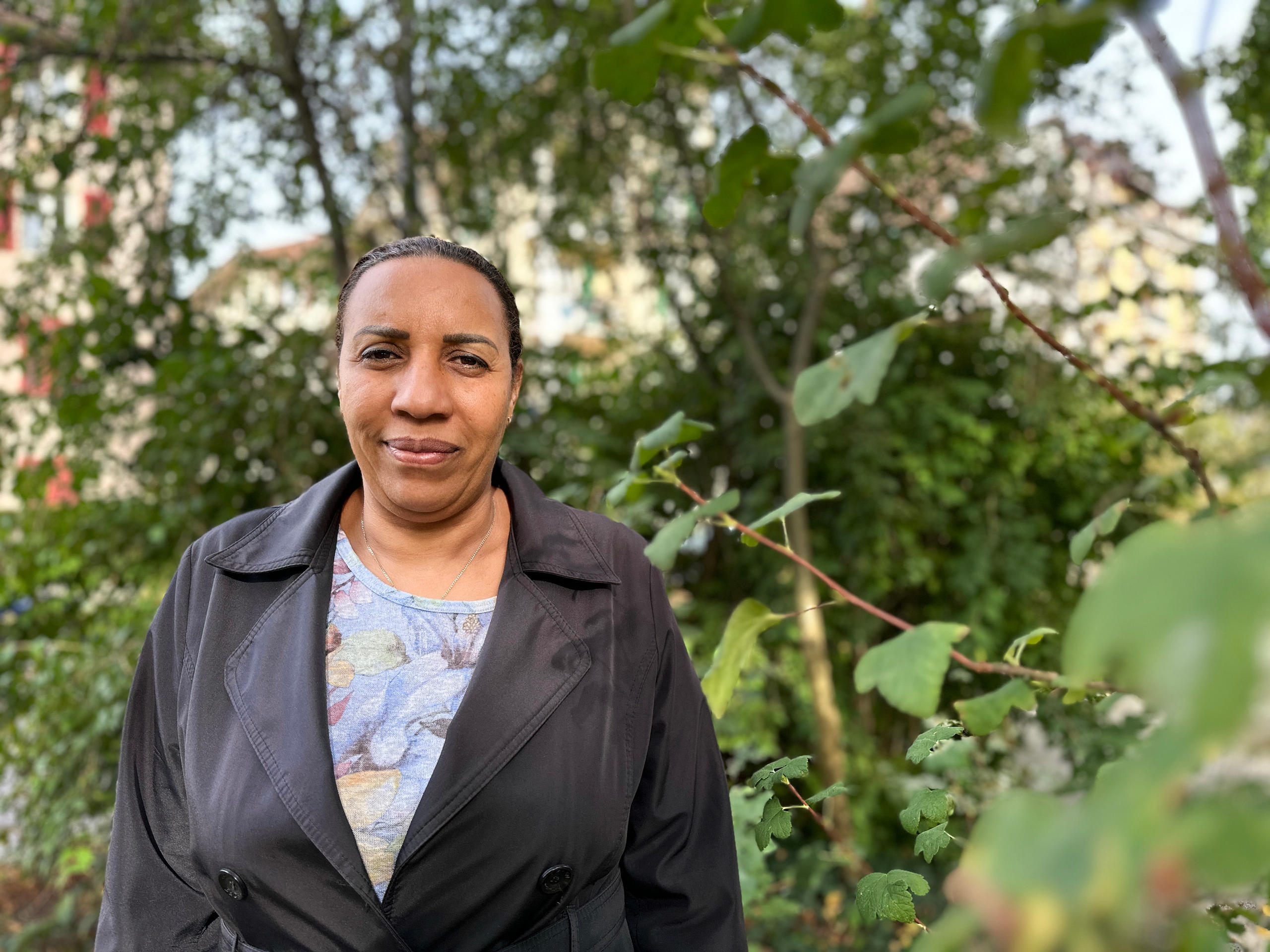
She found her immediate family safe but living in a tent with dozens of others forced to leave their homes that were deemed unsafe. However, the earthquake had claimed some of her in-laws and exacerbated the region’s poverty. Dussaule spent days preparing meals for villagers, escorting the injured for medical care, and looking after children. The cold mountain weather and outdoor living conditions soon made her and others ill.
Dussaule brought sweets, toys, and warm nightclothes for the local children. “They were traumatised,” she recalled. One child, a six-year-old who lost his entire family in the quake, particularly moved her. “This experience taught me that the only constant in life is change. One moment, you’re alive; the next, you could be gone.”
Despite her sorrow and the destruction of her village, Dussaule was touched by the widespread solidarity she saw. The road to Taroudant was packed with vehicles bringing aid. “People helped enormously,” Dussaule noted with pride, speaking in her native Moroccan accent. They brought essential supplies such as food, warm clothing, children’s diapers, tents, and blankets, among other necessities.
In Switzerland, the wave of solidarity extended far beyond Morocco’s borders. Individuals and groups alike mobilised to support those affected. From Zurich, Najate Guechoul, a Bach Flower therapist, initiated a fundraising campaign through GoFundMe, targeting aid for Tichkji, a village in the municipality of Tikouka, also in Taroudant province.
Raising funds
Guechoul ‘s personal connection to this region deepened her resolve. “I know every inch of it,” she said, recalling her 2012 wedding there, attended by friends from the United States, France, and other countries.
Despite her inability to travel to Taroudant immediately after the quake, Guechoul was determined to help. “I knew there would be enough food and basic supplies, so I focused on raising funds.” Her campaign initially aimed for CHF5,000 but exceeded expectations, and reached almost CHF8,000. Guechoul ‘s seven-year-old son’s donation of CHF13, equivalent to 130 Moroccan dirhams, touched her deeply. “It’s enough for a Moroccan family’s needs,” she explained to him at the time.
In Lausanne, Fatma Chebel, a Tunisian, leading the Association of Muslim Women of Lausanne, was similarly moved to act. The association, with members from various North African, Arab, and foreign nationalities, had previously organised a donation campaign for the victims of the Turkish earthquake which killed nearly 60,000 people last February. This experience enabled them to quickly mobilise funds following the Moroccan earthquake.
Their campaign began with an Instagram call for donations, swiftly reaching their target. This success led Chebel and her colleagues to organise the sale of food and sweets prepared by the members, with proceeds going to the earthquake’s victims. The first day alone brought in CHF1,000. “We were surprised by the unity of the community” Chebel said, noting the support from non-Muslim Swiss men and women who often donated without taking the goods.
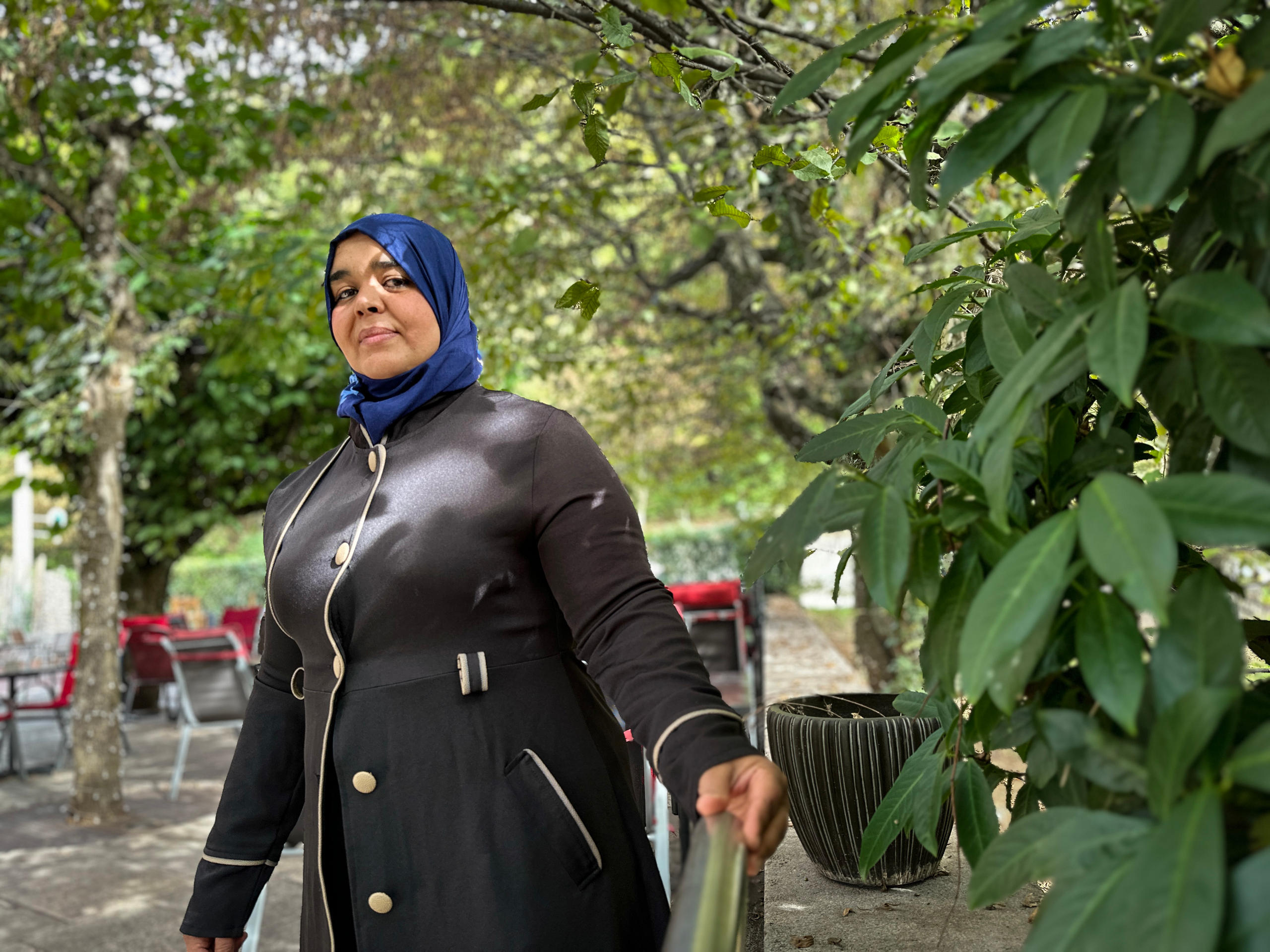
Mere days after the Marrakesh earthquake, floods struck Derna, Libya. Chebel and her team quickly organised yet another campaign to further aid Moroccan and Libyan victims. “Lausanne city cooperated fully, granting us a permit to set up a stand in public places rapidly,” Fatima told SWI, expressing her satisfaction with the campaign’s success.
During the aftermath of the earthquake, the Moroccan embassy in Switzerland facilitated support by opening a bank account with the Central Bank of Morocco for donations. They also shared resources on how to deliver in-kind aid. The ambassador, Lahcen Azoulay told SWI that the embassy remained open to future assistance.
The Moroccan government has pledged to spend nearly CHF11.6 billion to rebuild affected areas in the next five years; a total of almost 4.2 million Moroccans were hit by the earthquake. Rebuilding the once picturesque villages and towns is expected to take years.
In mid-October, Dussaule returned to her village in Taroudant, finding residents still living in tents amidst the chilly Atlas Mountains. The harsh conditions weighed heavily on her.
Back in Marrakesh, Delannay remained hypersensitive to her surroundings. A conversation with SWI was interrupted by a shaking lamp. “Is this a sign of another quake?” she wondered, uncertain how long it would take to recover from the ordeal.
Edited by Virginie Mangin

In compliance with the JTI standards
More: SWI swissinfo.ch certified by the Journalism Trust Initiative
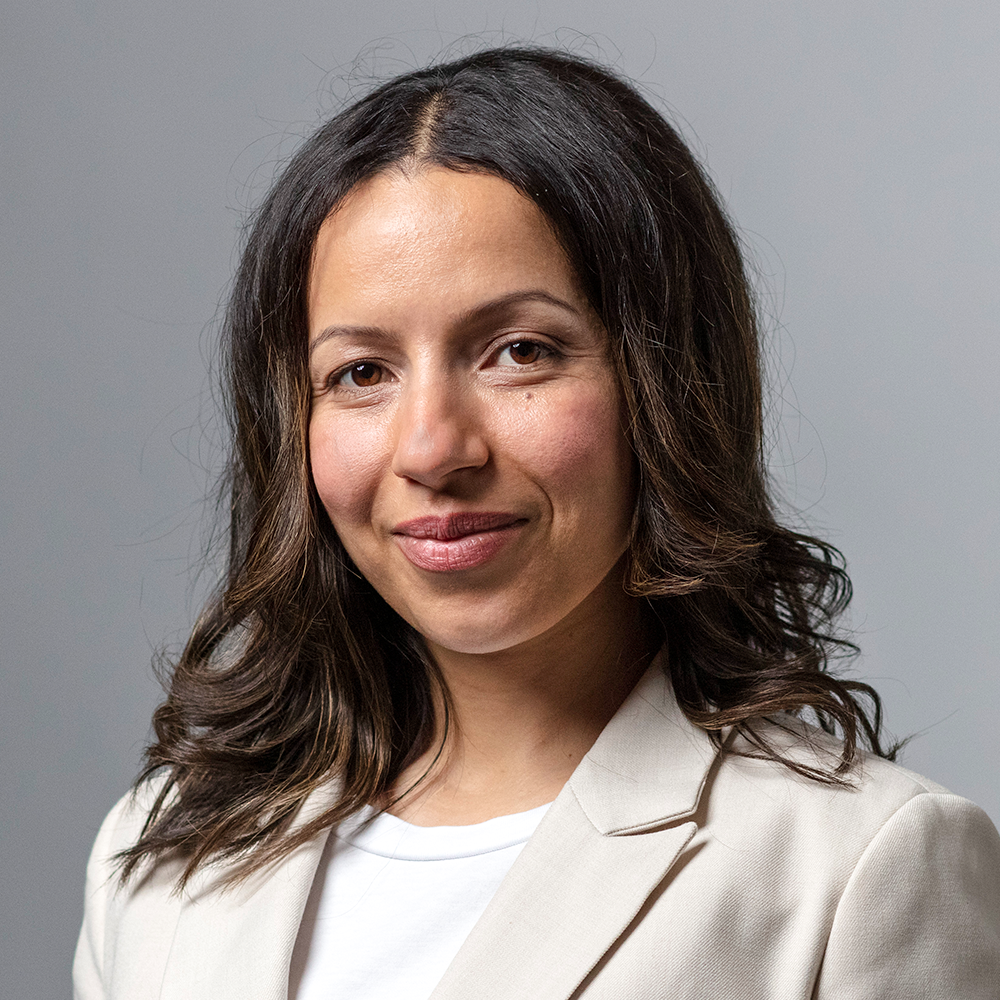
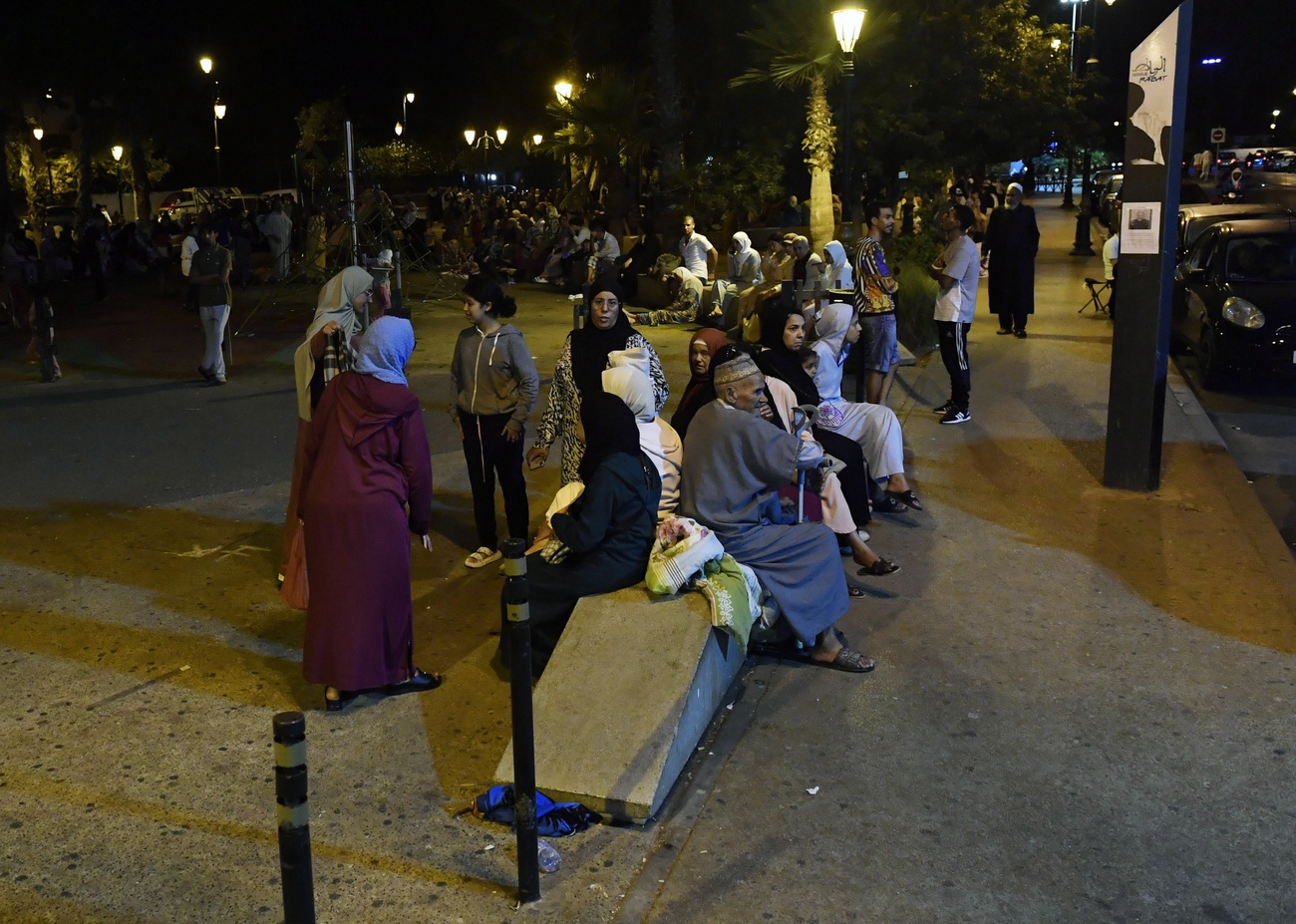
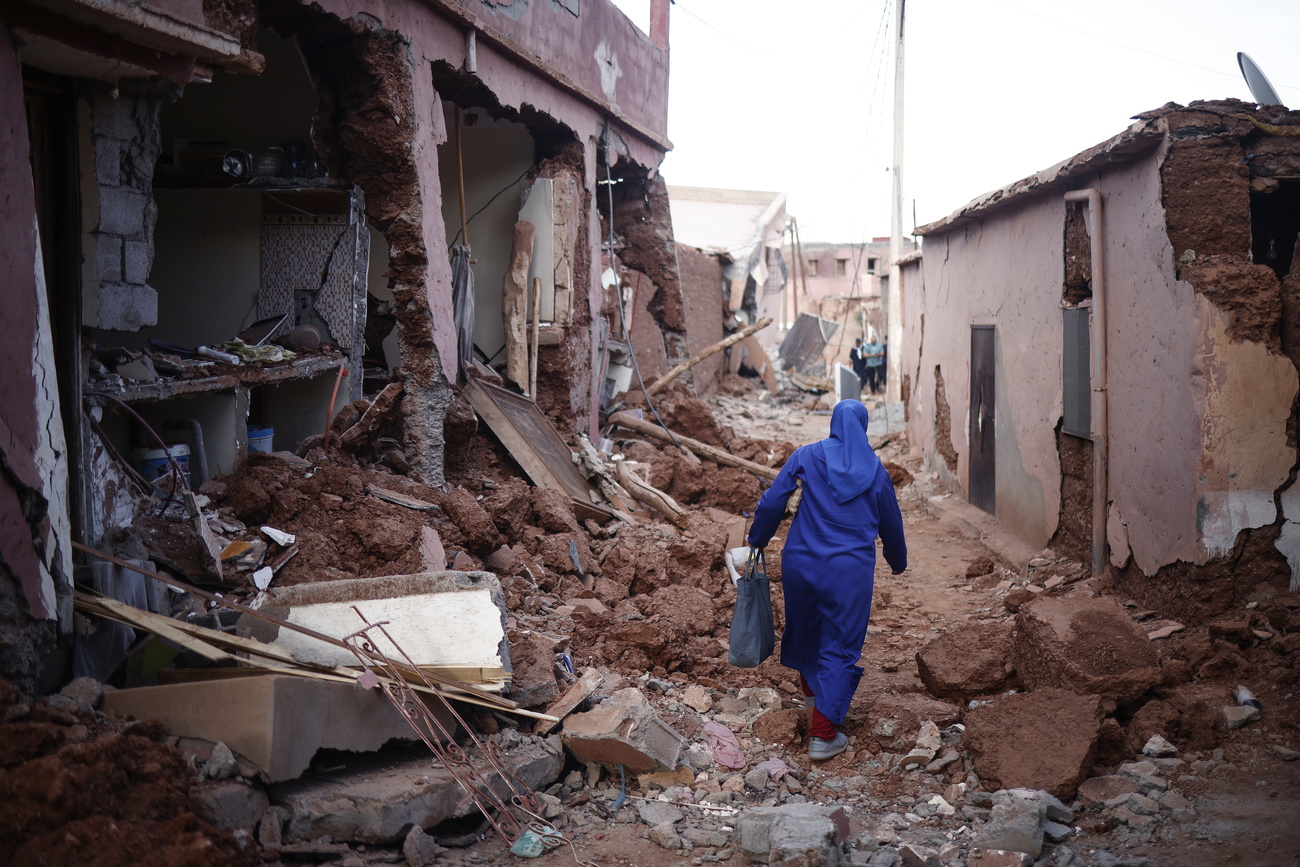
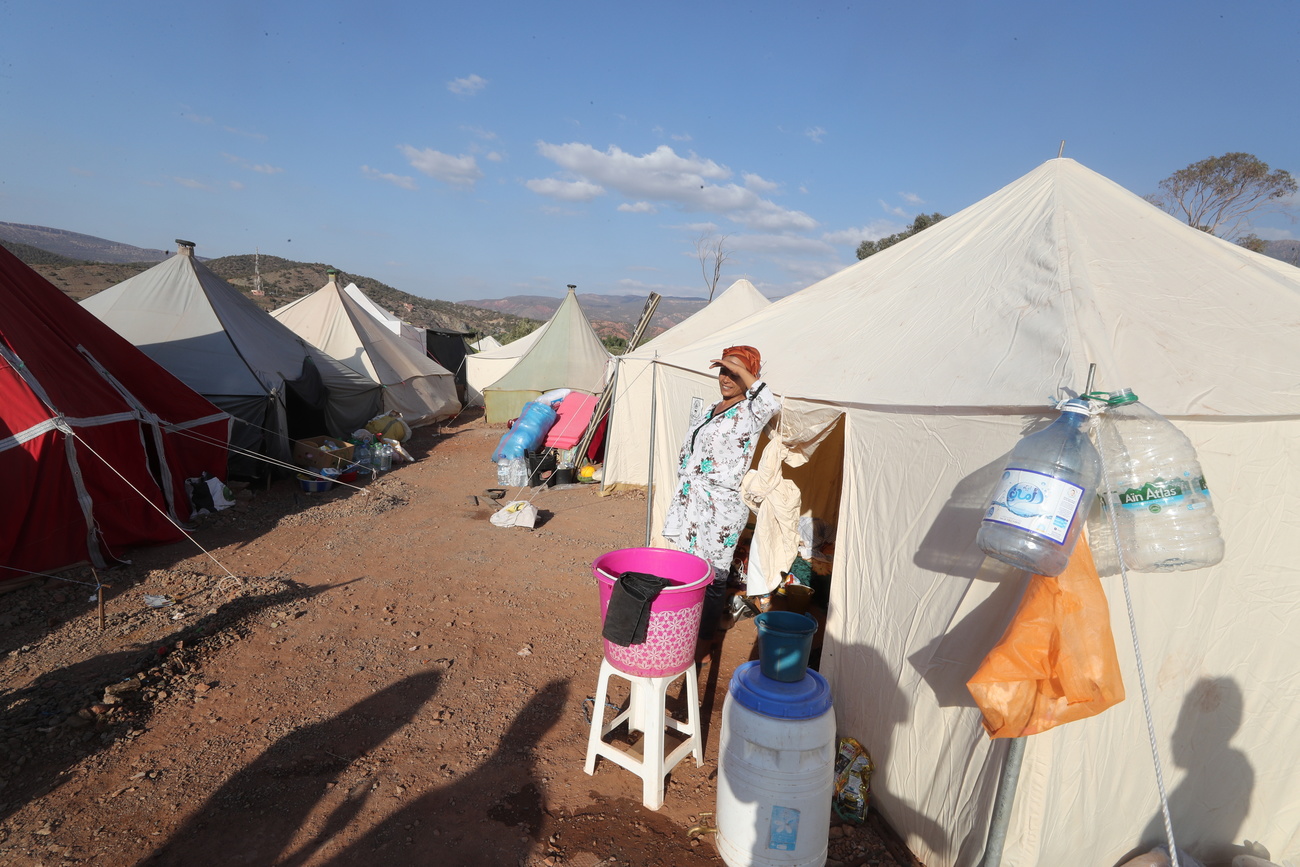
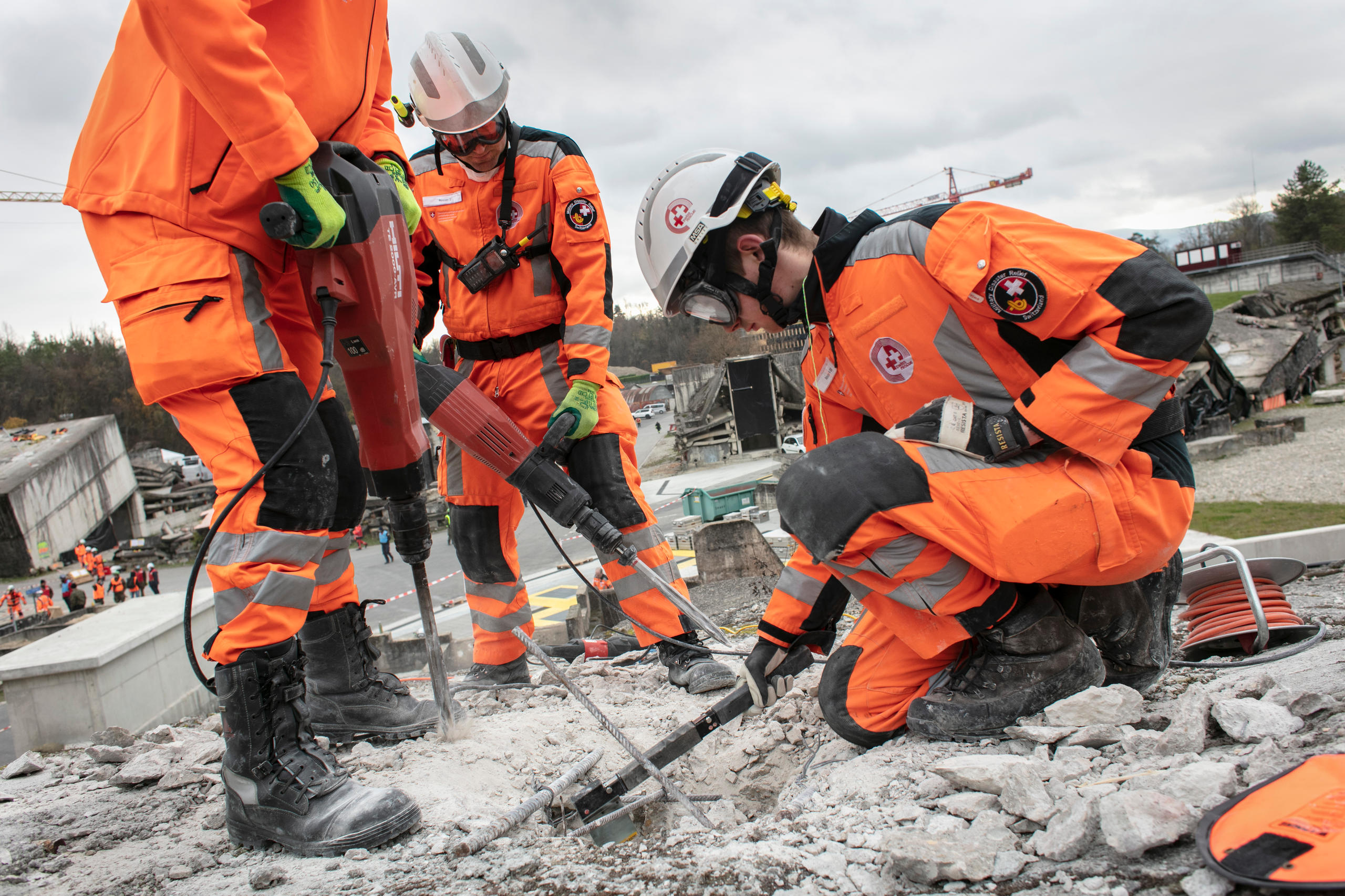
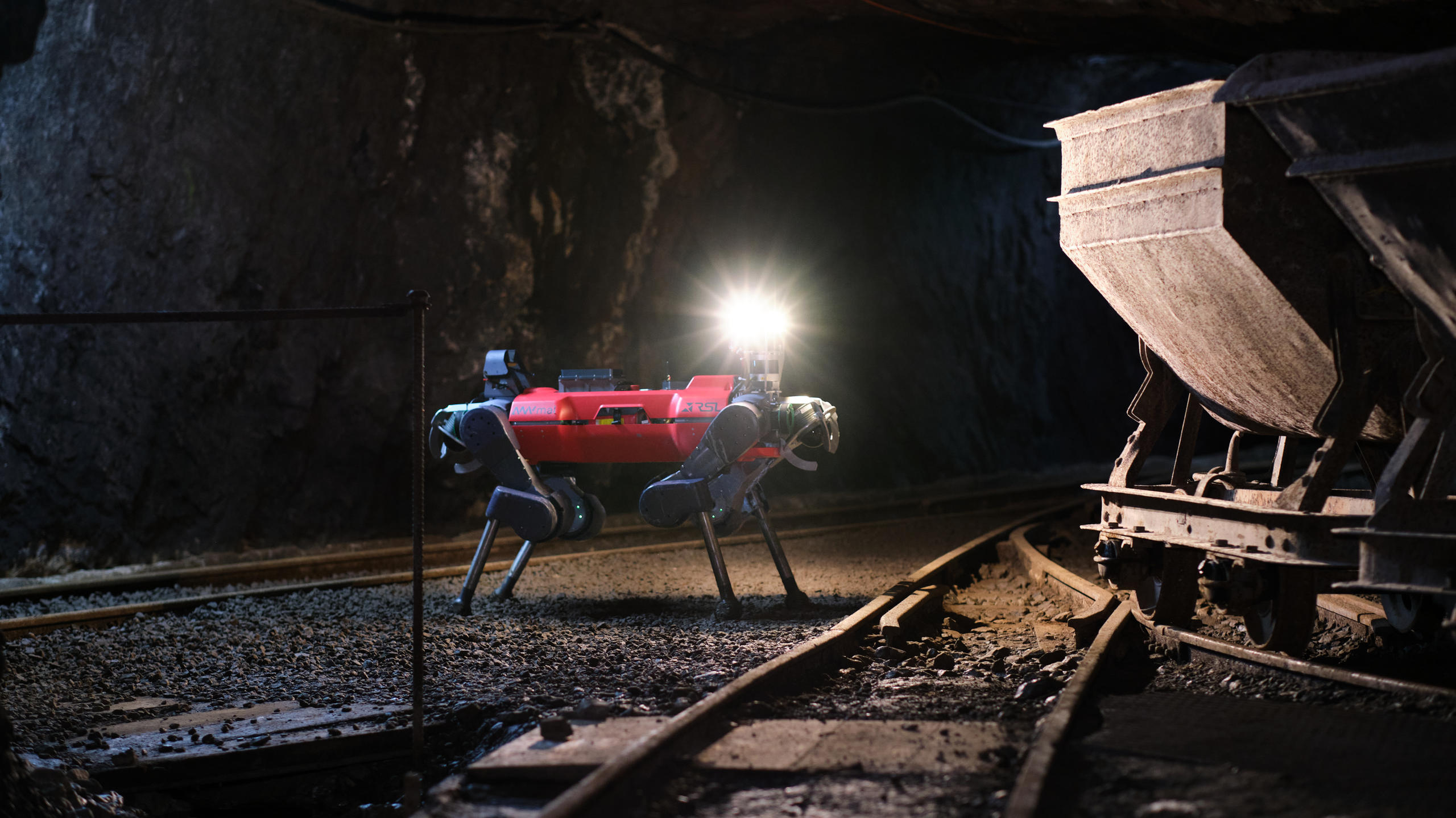
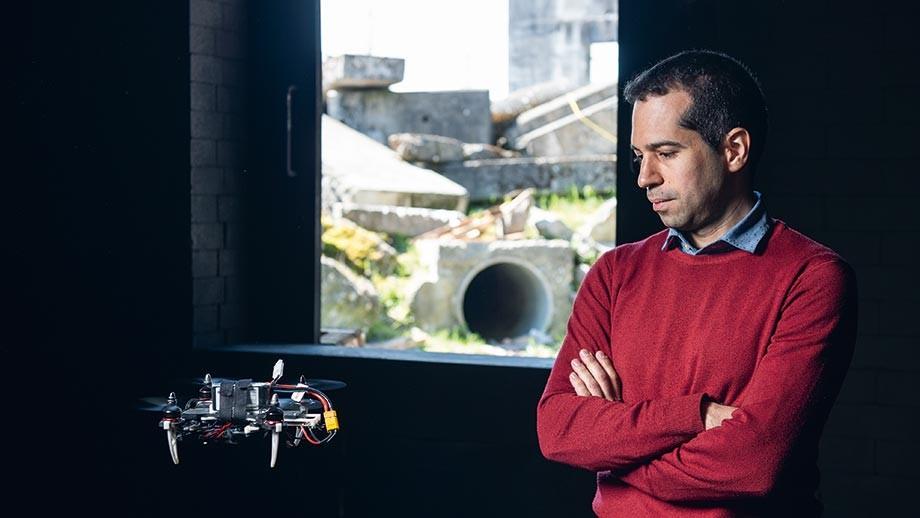
You can find an overview of ongoing debates with our journalists here . Please join us!
If you want to start a conversation about a topic raised in this article or want to report factual errors, email us at english@swissinfo.ch.